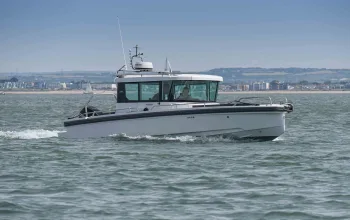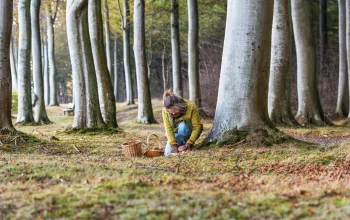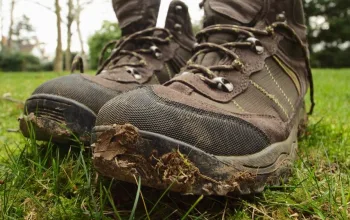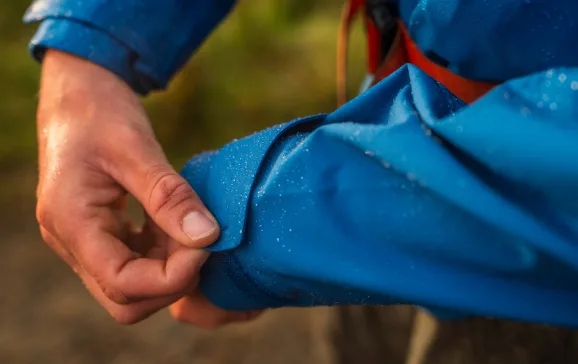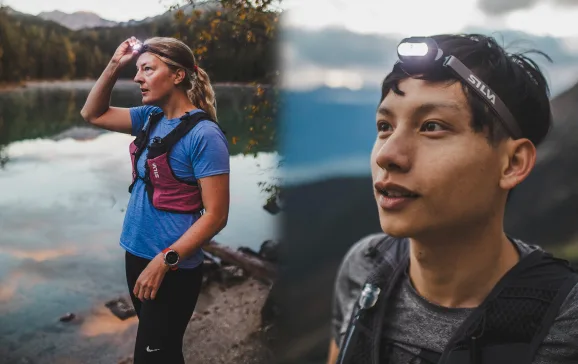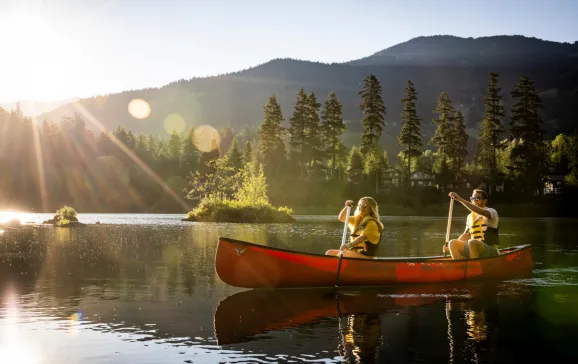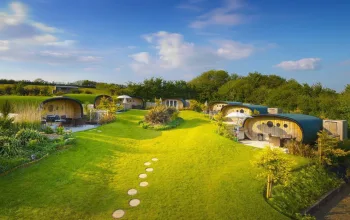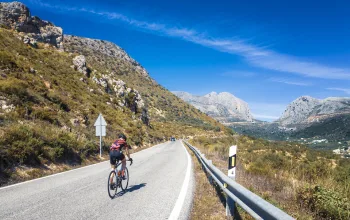Although I have been horse riding for 20 years and a keen supporter of the game of polo (you’ll find me on the sidelines with a glass of Pimms in my hand), I have never had the chance to mix the two and play myself, but it’s something I’ve always wanted to try.
One Sunday I arrived at Ascot Park Polo Club in Surrey for an ‘Introduction to Polo’ experience. It’s the largest polo- training centre in the world, introducing more than 2,500 people to the game every year. In true ‘girlie’ style I panicked about what to wear for days to achieve the perfect mix of comfort and practicality without looking too geeky, but I needn’t have worried, there were people in anything from jeans to jodhpurs, and footwear ranging from trainers to riding boots. If you didn’t have your own riding hat it was provided for you.
Although the centre in Chobham looks very smart, the atmosphere was quite relaxed. I was greeted by Victoria Grace, the manager and one of Great Britain’s top female polo players, ranking 4th in the world, and forming part of the only all-sister polo team in the world, known as the ‘Amazing Graces’. I felt quite privileged to meet her, yet she was very friendly, helpful and down-to-earth.
There were seven people in our group – a mixture of males and females of all ages. Interestingly, polo is one of the few sports where men and women compete with the same handicap system. Next, we were introduced to our instructor, Robert Burke, an HPA (Hurlingham Polo Association)-approved coach with years of experience in both playing and coaching polo. We signed a disclaimer, disclosed any medical conditions and he established our levels of riding ability, which ranged from ‘none at all’ to people who had ridden a lot but not for years, to people like me who ride most days. One thing we all had in common was that none of us had ever played polo before.
The first section of our training consisted of us all sitting around a board with little toy horses on it (or our instructional polo pitch for the next 45 minutes!) while Robert ran through the rules and theory behind the game. The ‘complicated’ rules are actually surprisingly simple and most are there for the players’ and ponies’ safety.
Robert explained them very well, using analogies to help us remember them and the game started becoming a lot clearer. For example, he likened most moves to driving a car, something most people can associate with. Looking over your shoulder before you move out to overtake was one that came in handy.
For the next stage we went outside into a huge, all-weather, purpose-built arena, Europe’s largest, and I was introduced to my first trusty steed – an upturned orange crate. We spent the next 40 minutes or so learning the various polo shots using special shortened sticks – backhands, forehands, nearside and offside shots. Hitting the ball sounds simple in theory, but these things are never as easy as they look when carried out by professionals. Needless to say, I missed a few but it got easier when I realised it helps if you keep your eye on the ball! One or two members of the group actually managed to fall off their crates through sheer force of trying to hit the ball as hard as possible, and at this point I wondered how they would manage on a horse!
After we’d established our ball-hitting techniques it was time for the part I had been most looking forward to – getting on the horse and putting all this theory into practice.
Horses were allocated depending on your size and riding ability and I was handed a dark bay pony, about 15 hands high, with an Argentinian sounding name (which I very quickly forgot in all the excitement). There were plenty of staff on hand to help us get on the ponies and get comfortable, adjusting our stirrups accordingly and showing us how to hold the reins. In polo, the reins are held in the left hand (so you can keep the right one free for your stick) and ponies are controlled through neck-reining, where pressure is put on their neck with the reins to get them to turn left or right.
The group was split into riders and non-riders and the non-riders went off with another instructor while I stayed with Robert and the other three girls who had all ridden before. We got to know our ponies and their abilities by doing various control exercises and I quickly established that these polo ponies were very well trained – they turn on a sixpence, have a very fast ‘zero to gallop’ time and their stopping ability is impressive.
Continued...
My pony was a little lazy to start, but quickly perked up when I was given my stick and we introduced polo balls, which proved just how much these animals enjoy their ‘job’.
While stick-and-balling in the arena, for safety reasons mini footballs are used instead of the usual hard polo balls. I was impressed with Ascot Park’s attitude over safety. There has only been two minor injuries (a broken finger and dislocated knee) among the 25,000 people trained over the years – a reassuring figure for those staying away from the sport because it is too dangerous.
It took a little while to get to grips with hitting the ball while controlling the pony, especially as I found the stick quite heavy, but I quickly got the hang of it and half an hour later we were being allocated coloured bibs and being put into teams ready for our first instructional ‘chukka’.
It was a great feeling to be playing polo properly – just like the professionals I’d watched in awe for years, and in such a short space of time. But there was a lot to remember and most of the group had the whistle blown at them for rule-breaking on at least one occasion. It’s amazing how quickly we all improved, though, and I was obviously pleased when our team even scored a few goals to win! Polo is an exciting and competitive sport and I found myself really getting into it with a desire to do well.
Having played myself, I can see why people say the sport is addictive. I thoroughly enjoyed my experience and my thoughts ever since have been ‘How can I get to play again?’ I have an urge to improve and I’m already thinking of booking another lesson.
I always thought polo was an elitist sport but my experience at Ascot Park has made it feel a lot more accessible and I would highly recommend everyone to have a go, especially those with a competitive nature.
However, although a regular horse rider, I found muscles I didn’t even know I had and I was in pain for days to follow. Strangely, though, it was a nice reminder of what I had achieved that Sunday…
Read our Equestrian Jargon article here.



 Join the Club
Join the Club


